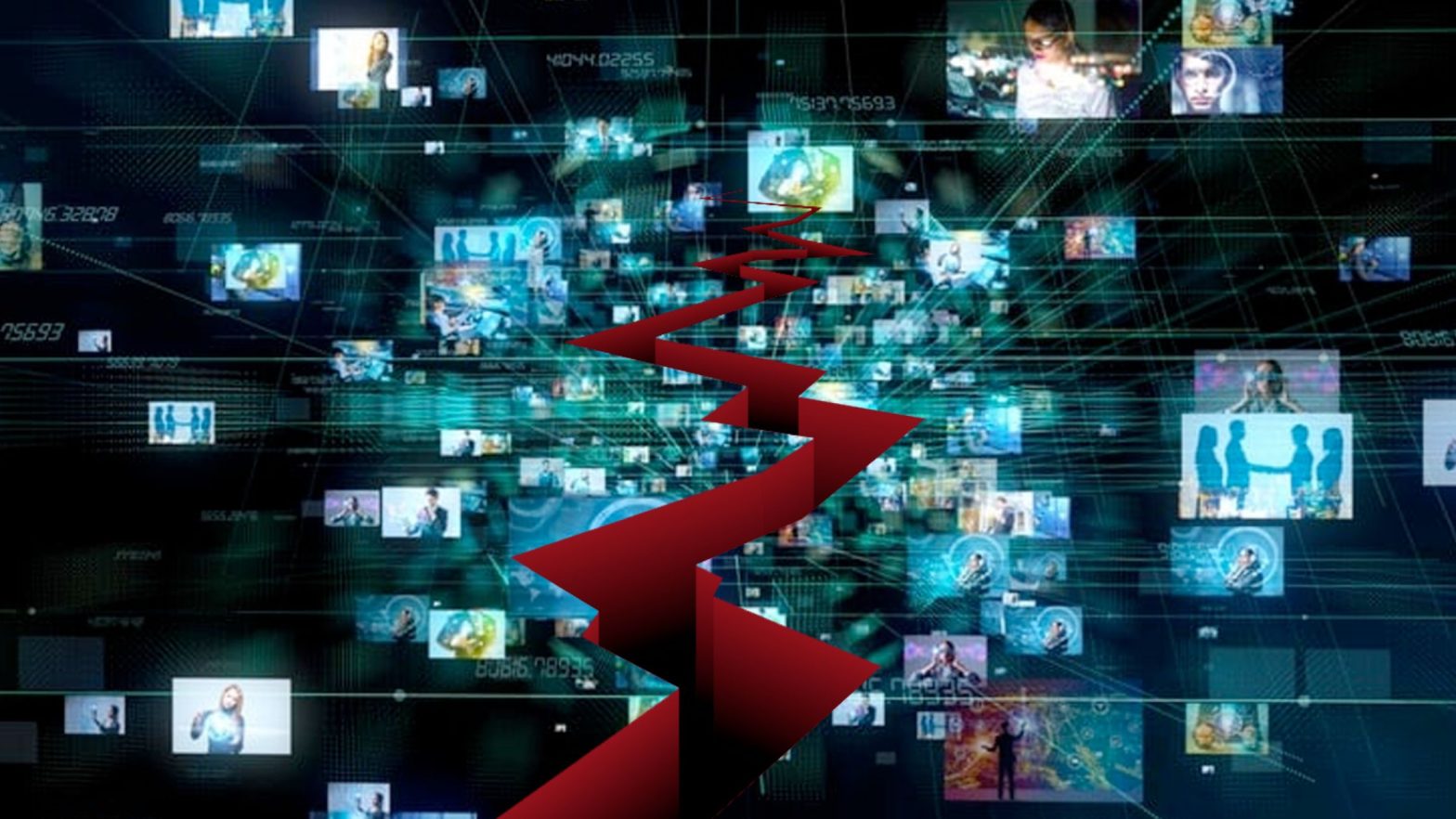Political polarization in America is more extreme than ever before. While many factors are at play, the modern media environment emerges as an especially powerful driver widening the partisan divide. As audiences self-segment across cable TV, talk radio, websites and social media feeds, “filter bubbles” and “echo chambers” increasingly trap consumers in closed, polarized information loops. Recognizing today’s fragmented media landscape and polarization is critical to combating its damaging impacts.
Defining Key Terms: Filter Bubbles and Echo Chambers
To understand modern media’s polarizing effects, two key terms require definition. Filter bubbles refer to algorithms that learn user preferences and then feed corresponding content. This creates a self-reinforcing bubble screening out contradicting views. Echo chambers describe communities centered on shared beliefs that go unchallenged through lack of outside input. Both dynamics enable audiences to construct customized media diets confirming preexisting biases while avoiding opposing perspectives. This validation entrenches partisan identities and perceptions further apart over time. Their overlapping influence makes today’s polarization unlike any previous era’s.
Drivers of Greater Selectivity and Fragmentation
Several forces enable increased selectivity and fragmentation in modern media consumption:
- Proliferation of narrow cable news, radio shows, websites and social feeds tailored to niches.
- Algorithms recommending content aligned with user histories rather than exposing new views.
- Ability to curate personalized media diets while avoiding mainstream outlets.
- Online disinformation and conspiracy theories bypassing journalistic accountability.
- Social media enabling creation of closed communities sheltering beliefs from scrutiny.
Whereas broadcast TV once provided a “town square” gathering diverse perspectives, technology now allows audiences to construct skewed realities untethered from shared truth. This facilitates partisan tunnel vision.
The Role of Confirmation Bias and Selective Exposure
Beyond structural shifts, the psychological draw toward confirmation bias also enables selective media exposure along partisan lines. People intuitively favor information affirming their existing worldview while dismissing contradicting data. When confronted with mixed evidence, we readily accept confirming facts at face value while scrutinizing and counterarguing opposing details. These tendencies drive selective exposure even without technological enablers. Algorithms and specialized outlets simply capitalize on confirmation bias’s innate slant. Together they construct insulating media bubbles that feel validating but promote ideological extremity immune to nuance.
Consequences of the Fragmented Media Landscape and Polarization: Polarized Media Diets
The downstream effects of fragmented media consumption centered on validating biases carry significant risks:
- Inability to recognize opposing views except through oversimplified, exaggerated caricatures.
- Loss of shared baseline for facts and reality as different groups operate in separate information ecosystems.
- Reduction in experiences that spur critical reflection of own assumptions and perspectives.
- Disintegration of common ground and uniform political discourse rooted in reason rather than tribalism.
- Heightened perception of irreconcilable differences that convert political opponents into mutual enemies.
Through these dynamics, selective media diets preserve polarity and prevent depolarizing exposure.
Solutions to Offset the Fragmented Media Landscape and Polarization
Despite modern media’s polarizing penchant, solutions exist to regain balance:
- Seek out substantive news sources across ideologies to proactively diversify perspectives.
- Follow public figures focused on nuance over partisan provocation.
- Limit consumption of outlets thriving on outrage and confirmation bias.
- Challenge friends sharing extreme content and reinforce shared truth.
- Support reforms making platforms show wider ideological content mixes.
- Advocate for media literacy education on filtering out bias and misinformation.
While difficult, purposefully exposing ourselves to varied quality information sources can restore common ground. It also reduces media’s power to manipulate users.
Promoting Open-Mindedness to Bridge Divides
Fundamentally, addressing media fragmentation requires promoting the open-mindedness and critical thinking to change media habits. Platforms and algorithms bearing responsibility also need pressure through policy and consumer action. But on an individual level, we must each reflect on our own biases that seduce us toward selective exposure online. Seeking diverse perspectives not just affirms our own views but also deepens understanding of truth’s nuances. Rather than using media to solidify tribal divisions, we can reclaim its role as a landscape for healthy debate. With more integrated information diets and humility, media can enlighten us where it now polarizes.

Leave a Reply